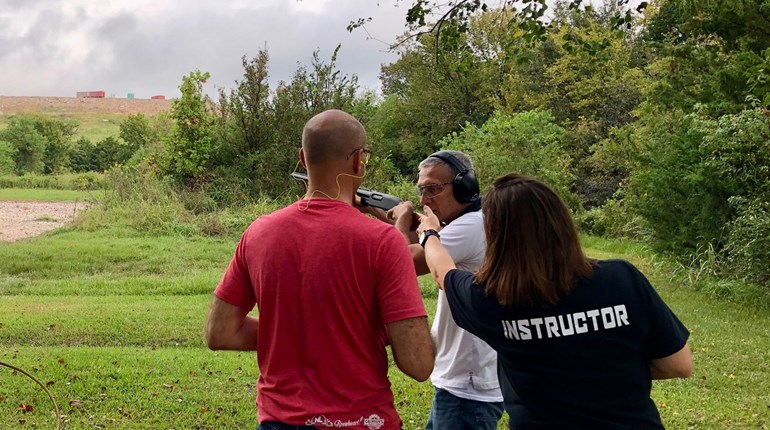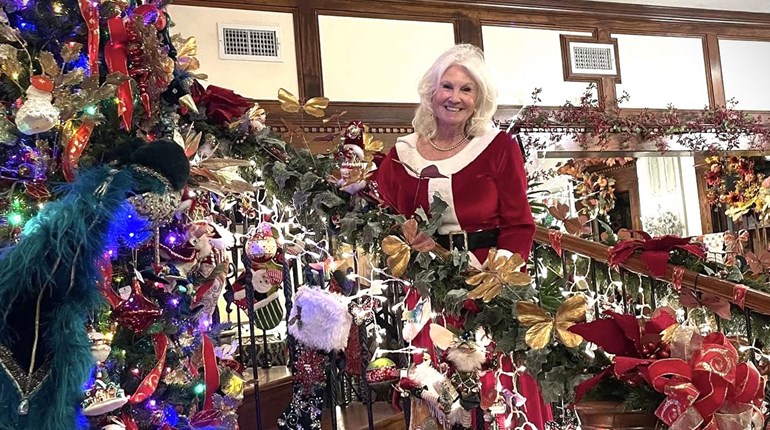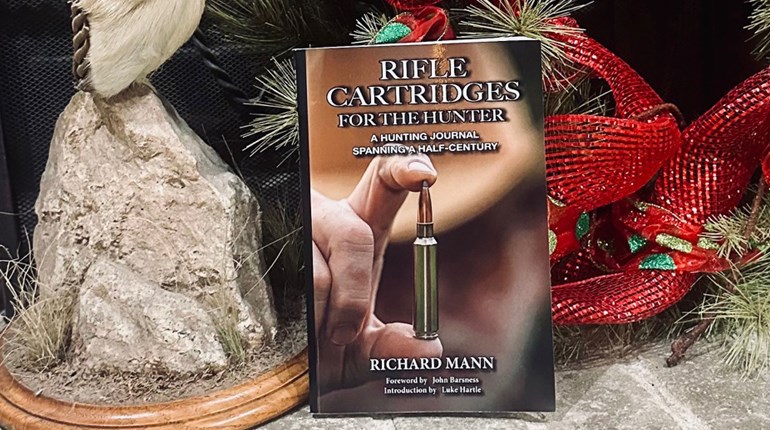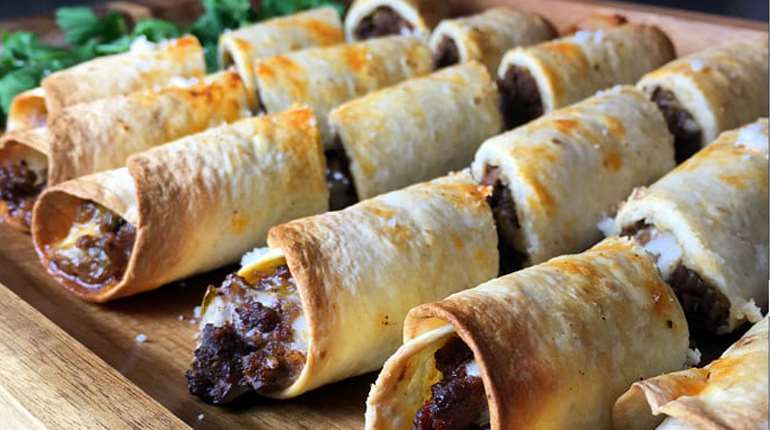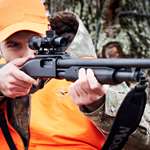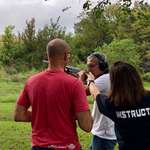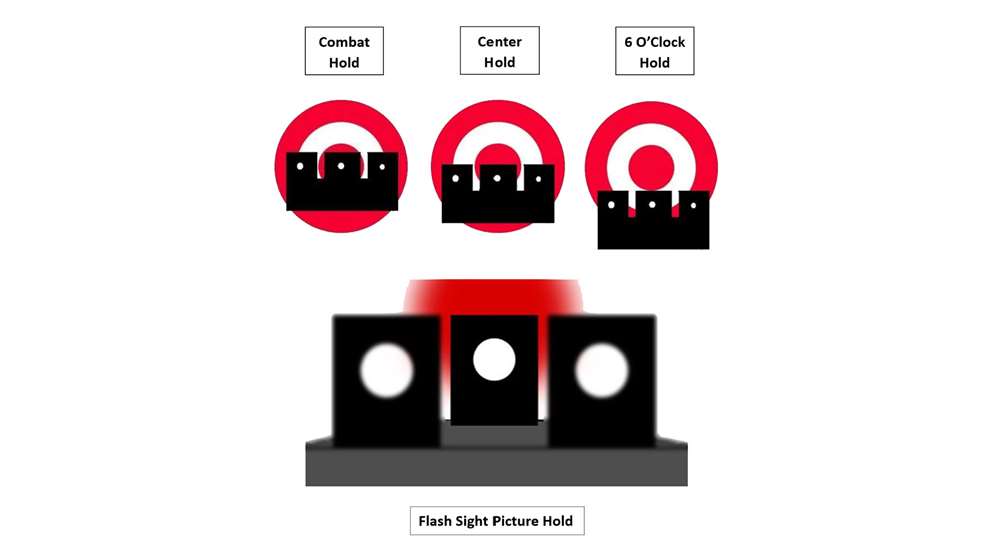
Anyone who has ever gone through an NRA Firearms Training Course should be able tell you that that the 5 Fundamentals of Rifle and Pistol Shooting are Aiming, Breath Control, Hold Control, Trigger Control and Follow Through. Of these, aiming is considered one of the most critical to hitting your target. Aiming consists of two elements—sight alignment and sight picture.
The sight picture is what the shooter sees when the sights on the firearms are aligned with the target. Sight alignment is when the front and rear sights of the firearm are in proper alignment. Not only should the front and rear sights be in alignment, but the shooter’s dominant eye must also be aligned with the sights. Most of the time this is achieved through the Natural Aiming Area (NAA) or the Natural Point of Aim (NPOA).
Sight alignment is achieved by lining up the sights on your firearm. This means your front sight must be seen in your rear sights. More precisely, your front sight must be seen in the rear sights at the same height and the same amount of space between the front post and the rear sights. An easy way to remember proper sight alignment is “Equal Height and Equal Light.”
The 4 types of sight pictures that everyone should know are Center Hold, 6 O’clock Hold, Combat Hold and Flash Sight.
Center Hold
Center Hold is acquired when the front and the rear sights are in alignment, and where the front sight post intersects the target or bullseye. Center Hold is sometimes referred to as “Target Hold” or “Center Mass Hold.” The Center Hold is most associated with precision shooting, competition and shooting for score. When using this hold, the bullet should strike the target in the same position as the front sight in relation to the target. After the shot, the front sight should bisect the hole made by the round.
The benefit of the Center hold is that it is very precise or accurate. The shooter is more likely to place their shots in the same hole. This is referred to as “key-holing” your shots. Center Hold is the sight alignment most common when teaching a new shooter. Center Hold is also common among hunters and is often the preferred hold used to sight in their rifles.
The disadvantage of the Center Hold is that it takes the longest to acquire. This hold is seldom used by experienced pistol shooters in self-defense practice or in an actual self-defense situation.

6 O’clock Hold
The 6 O’clock Hold gets its name by referring to a clock face where the number 6 is always found at the bottom of the clock face and below the center. This hold is acquired when the front sight and the rear sights are in alignment and where the front sight post is placed just below the target or bullseye.
The 6 O’clock Hold is sometimes referred to as a “Pumpkin on a Post” or the “Lollipop Hold.” When using this hold, the bullet should strike the target above the front post. To achieve the correct sight position, the firearm must be sighted in high, so the bullet strikes above the front post. The 6 O’clock Hold is preferred by shooters who want high visibility of the target and area surrounding it. It is also preferred by shooters who have relatively small targets
There are several advantages to using the 6 O’clock hold. The main advantage is that it allows the shooter to see more of the target. It is also a good hold for small targets at a distance. Some self-defense shooters utilize the 6 O’clock Hold for center mass shooting.
The disadvantage of the 6 O’clock Hold is that it is not a precision hold that target shooters need. The 6 O’clock Hold is quicker to acquire than the Center Hold but takes longer to acquire than the Combat Hold.

Combat Hold
Combat Hold is acquired when the front sight and the rear sights are in alignment and where the front sight post completely covers the target or bullseye. Combat Hold is sometimes referred to as “3-Dot Hold” or “Combat Sight Picture.” When using the Combat Hold, the point of impact of your bullet should be below the top of the front sight. With your front sight covering the target, your shots should all fall within center mass.
The benefit of the Combat Hold is that it is faster to acquire than the Center Hold or the 6 O’clock Hold. This helps the shooter to maintain situational awareness and enables him or her to deal with multiple threats. Since the Combat Hold saves time to engage a threat, many self-defense experts prefer this hold.
The downside of the Combat Hold is that the pistol’s front sight and slide covers the target from view. Since seeing is important for shot placement, the Combat Hold obscures that. With the Center Hold or the 6 O’clock Hold, the shooter can see where their shots are hitting and can adjust their sights position.

Flash Sight Picture Hold
The Flash Sight Picture Hold is acquired when the firearm is quickly pointed at a target or threat, and as soon as the front sight appears in the rear sights the trigger is squeezed, discharging the gun. This is done for fast center mass shooting. Flash Sight Picture Hold is sometimes referred to as “Snap Shooting.” Flash Sight Picture Hold is often credited to Colonel Jeff Cooper.
The advantage of a Flash Sight Picture is that it is fast to achieve with well place shots. This hold is the fastest to acquire. Remember, in a life-threatening situation, time is critical. The time it takes to acquire the other holds, Center Hold, 6 O’clock Hold, and the Combat Hold, can be the difference between life and death.
The downside of the Flash Sight Picture is that it is not precision shooting. This means that there is more of a chance of delivering a non-lethal shot placement or even missing the target or threat completely. The Flash Sight Picture is also to be utilized relatively close to the target. This hold is best if used between 3 and 10 yards. Under 3 yards sights are usually not used and over 10 yards, the chance of missing the target or threat is too great.
As a shooter, it is important that you familiar yourself with the different types of sight pictures, what the holds looks like, and when and how to utilize them. Just as there is not just one firearm to meet every need, one sight picture is not used for every situation. Know which hold you should use when you are shooting for score, hunting, long range shooting or for self-defense. Using the wrong hold to achieve your sight picture, depending on the scenario, could cost you a competition or worse, your life!












